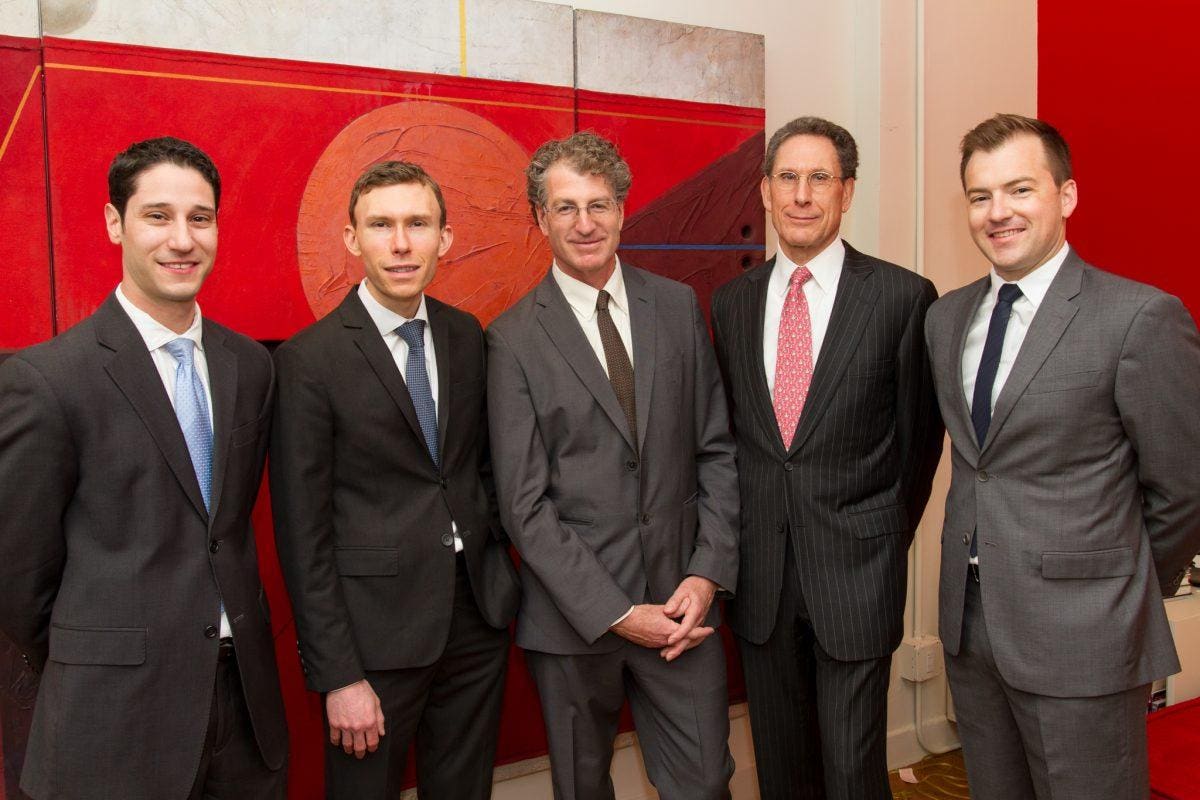There are a growing number of investment opportunities for companies and projects developing innovative solutions to environmental and social problems. Capital in support of such initiatives, however, has not been forthcoming at sufficient scale. This is an example of a “market failure.” One remedy for such market failures is the concept of an “aligned intermediary,” and it is already being put into practice to address global climate change.
The aligned intermediary concept is equally relevant to other system-wide challenges such as resource scarcity, inequality in all its forms, food security, and all other topics covered by the 17 Sustainable Development Goals (SDGs), ratified by the United Nations (UN) on 25 September 2015. These goals have been described as “the closet thing the Earth has to a strategy.” The SDGs are the successor to the Millennium Development Goals (MDGs), which were adopted by the 191 UN Member States in 2000. Regrettably, the business community had virtually no input to the MDGs. In contrast, thanks to the UN Global Compact, the business community did have a voice in the creation of the SDGs (by providing feedback to the Open Working Group that recommended the 17 Goals to the General Assembly).
Business community input to the SDGs is welcome, as it is widely acknowledged that the 2030 goals cannot be achieved by the public sector alone. Indeed, an equal financing burden falls on the private sector, with estimates that private funds will have to close a funding gap of $2.5 trillion per year to ensure that the private sector provides an expected 50% of the SDGs expected $115 trillion total cost. Corporations have begun seeking out business opportunities tied to the SDGs; according to a PwC survey, 71% of companies say they are already planning how they will engage with the SDGs.
Companies alone, however, cannot solve the funding gap related to sustainable development. There is also a critical role for the global institutional investor community—which raises a long-standing conundrum in development finance. The development community laments the lack of support from big institutional investors (e.g. pension funds, sovereign wealth funds, endowments, and foundations) who have the money and long-term horizons needed for such investments. These institutions, in turn, lament the lack of investment opportunities with sufficient scale and return potential to justify capital commitments. Note that whereas the traditional development finance/impact investing community is comfortable, and generally only capable, of making investments in the range of hundreds of thousands to a few million dollars tops, larger institutional investors need to focus on investments in the range of tens or even hundreds of millions of dollars.
SUBSCRIBE TO OUR NEWSLETTER
Subscribe our newsletter to receive the latest news, articles and exclusive podcasts every week


